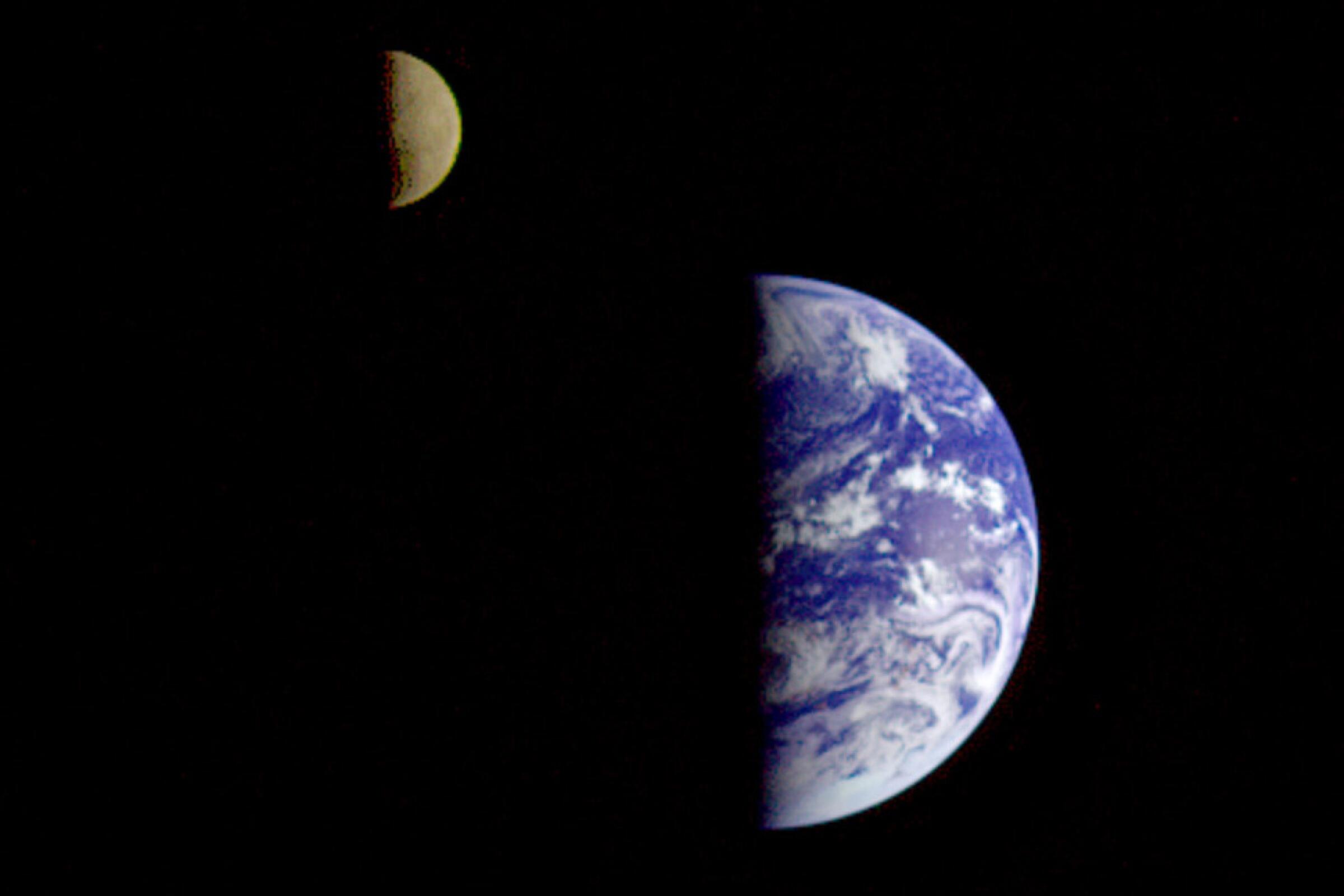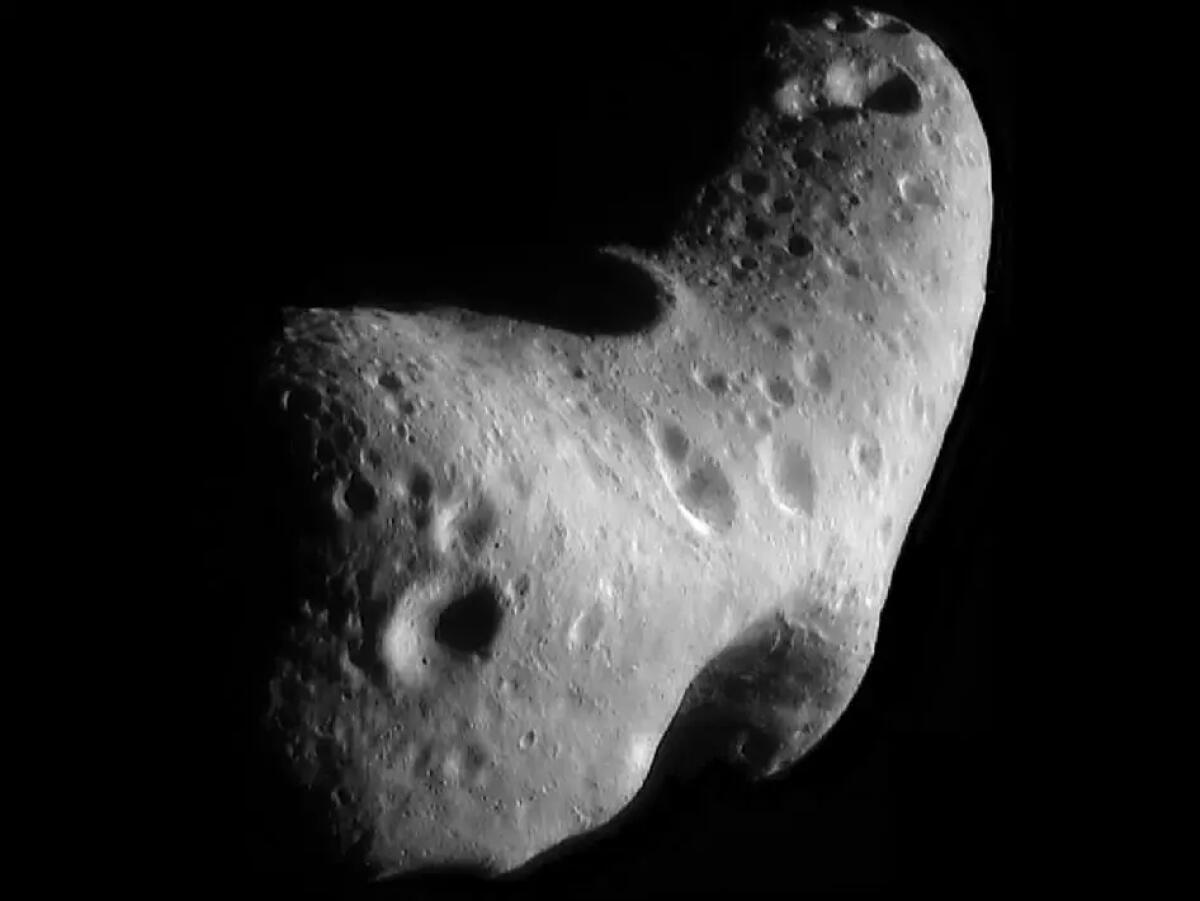
Earth is about to get a new neighbor in the form of an asteroid. But this one won’t be making an impact.
Instead, it’ll be what space enthusiasts have dubbed a mini-moon, and it will stick around to orbit our planet for roughly two months beginning Sept. 29.
But Earth’s gravitational pull won’t hold it for long. By Nov. 25, the mini-moon is expected to break free and be once again on its way through space.
Here’s what to know about our new, temporary celestial neighbor.
What’s a mini-moon, anyway?
Earth has a large gravitational pull. So it’s not uncommon for objects flying through space to be attracted to it or get caught up in an orbit — at which point they earn status as miniature moons. The same happens with objects purposefully placed in space, such as satellites.
Where did it come from?
The object is part of the Arjuna asteroid belt.
Speaking to Space.com, Universidad Complutense de Madrid professor Carlos de la Fuente Marcos — one of the people who discovered the mini-moon — described Arjuna as “a secondary asteroid belt made of space rocks that follow orbits very similar to that of Earth at an average distance to the sun of about 93 million miles.”
He said that some objects in the belt can come close enough to Earth and at velocities low enough (roughly 2.8 million miles away and 2,200 miles per hour) to allow them to temporarily orbit Earth.
Other scientists even think that, based upon its past trajectory, the asteroid might be a piece of Earth’s moon that flew off after a previous impact.
Who discovered it?
Scientists discovered the asteroid, dubbed 2024 PT5, on Aug. 7 using the Asteroid Terrestrial-impact Last Alert System, or ATLAS. The asteroid impact warning system, developed by the University of Hawaii and funded by NASA, has four telescopes — two in Hawaii, one in Chile and one in South Africa. Scientists reported their findings in the September issue of Research Notes of the American Astronomical Society.
Will we be able to see it?
The mini-moon won’t be visible to to the naked eye. The average home telescope won’t be able to capture it, either.
The mini-moon will be small — 33 feet long — and dim.
NASA uses magnitude to describe brightness in space. A 6.5 magnitude is generally the dimmest object the human eye can see. The mini-moon’s magnitude is 27.595.
When was the last mini-moon?
Two years ago, there was the mini-moon of the 2022 NX1 asteroid, which also appeared in 1981. It’s expected to return in 2051.

Will this one return?
Because it’s part of the Arjuna asteroid belt that orbits the sun, the mini-moon is also expected to make future visits around Earth — it will swing back by as soon as January and then is expected again in 2055.
Is it even a mini-moon?
A true mini-moon would fully orbit Earth at least one time. The 2024 PT5 won’t complete a perfect full orbit. In his article, Carlos, the researcher, said the asteroid would instead follow a “horseshoe path.”
“Sometimes, these temporary captures do not complete one revolution before dropping out of orbit and returning to their regular heliocentric trajectories,” he and his colleague, Raúl de la Fuente Marcos, wrote.
What are some other lunar highlights?
Although you won’t be able to see this mini-moon, a supermoon has appeared twice in two months, bringing out nighttime sky gazers, and will appear again in October and November.
The most recent was on Tuesday with the harvest supermoon. The harvest moon refers to the full moon that appears closest to the fall equinox.
Supermoons are full moons that appear larger because they happen roughly in tandem with the lunar orbit’s closest approach to Earth. That can mean the moon appears 30% brighter and 14% larger than when the moon is farthest away from us.
The next supermoons are Oct. 17 and Nov. 15.